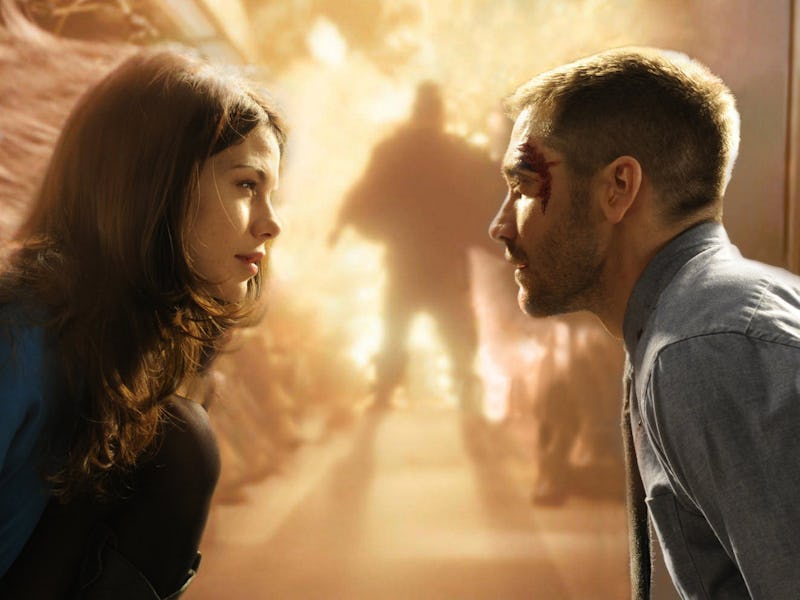A 2011 Jake Gyllenhaal thriller reinvented the time travel movie
The Quantum Leap meets Groundhog Day flick you didn’t know you needed.

Countless sci-fi movies and books have offered their takes on the time loop concept that was widely popularized by 1993’s Groundhog Day. Some, like Edge of Tomorrow, brought a straightforward action approach to the concept, while others, like Palm Springs, presented a more subversive, comedic take on the subgenre.
Those two films also found unique ways to let their time travel structures breathe new life into otherwise familiar plots, and the same is true for 2011’s Source Code. The Ben Ripley-penned film served as director Duncan Jones’ mainstream follow-up to his indie sci-fi hit, Moon. While Source Code isn’t as complex or thematically engaging as that 2009 film, its time travel twist on its Quantum Leap-esque body-swapping story still feels unique.
Source Code, which is leaving HBO Max on Jan. 31, follows Colter Stevens (Jake Gyllenhaal), a U.S. army pilot, who wakes up one morning in the body of a teacher named Scott Fentress. Eight minutes later, a bomb on the train Stevens has found himself on suddenly explodes, killing him and everyone else onboard. Stevens then learns he’s been plugged into an experimental military device known as the “Source Code,” which allows him to relive the final minutes of another person’s life.
Stevens’ superior, Captain Colleen Goodwin (Vera Farmiga), has ordered him to revisit the end of Fentress’ life until he can discover the bomber’s identity. If he succeeds, he may be able to prevent another attack by the same terrorist. What follows is a thriller that, much like Moon, is as much about breaking out of a toxic corporate cycle as it is about uncovering the identity of a mysterious terrorist.
Moon proved that Duncan Jones could handle dense, convoluted sci-fi concepts, and Source Code proved his first success wasn’t a fluke. While the script begins to wobble in the final third, Jones’ direction ensures that the viewer is never confused about what’s going on or what timeline they’re in. There’s also little filler or fat, which allows Source Code to operate as a lean piece of sci-fi that rarely slows down throughout its 93-minute runtime.
Jake Gyllenhaal turns in a customarily committed performance as an army pilot trapped in a deadly time loop in Source Code.
Despite taking place primarily within the confines of a train, Source Code never feels restrained. Whenever the setting does start to feel repetitive, Jones takes a quick trip outside. The eight-minute time loop also prevents Source Code from spending too much time on one scene, ensuring the film always clips by at a quick pace.
And while Source Code’s moments of romance and emotion aren’t the most appealing aspects of the film, they do help make its connection to lighthearted sci-fi fare like Quantum Leap all the more apparent. After forcing viewers to watch Gyllenhaal’s doomed hero die over and over and over again, Source Code also understands how time loop stories have the potential to deliver happy endings that feel just a little bit more impactful and cathartic.
Ultimately, Source Code manages to find its way to a conclusion that’s every bit as crowd-pleasing as its story demands, even if it has to stretch its own logic a bit to get there.
Source Code is available to stream on HBO Max until Jan. 31.